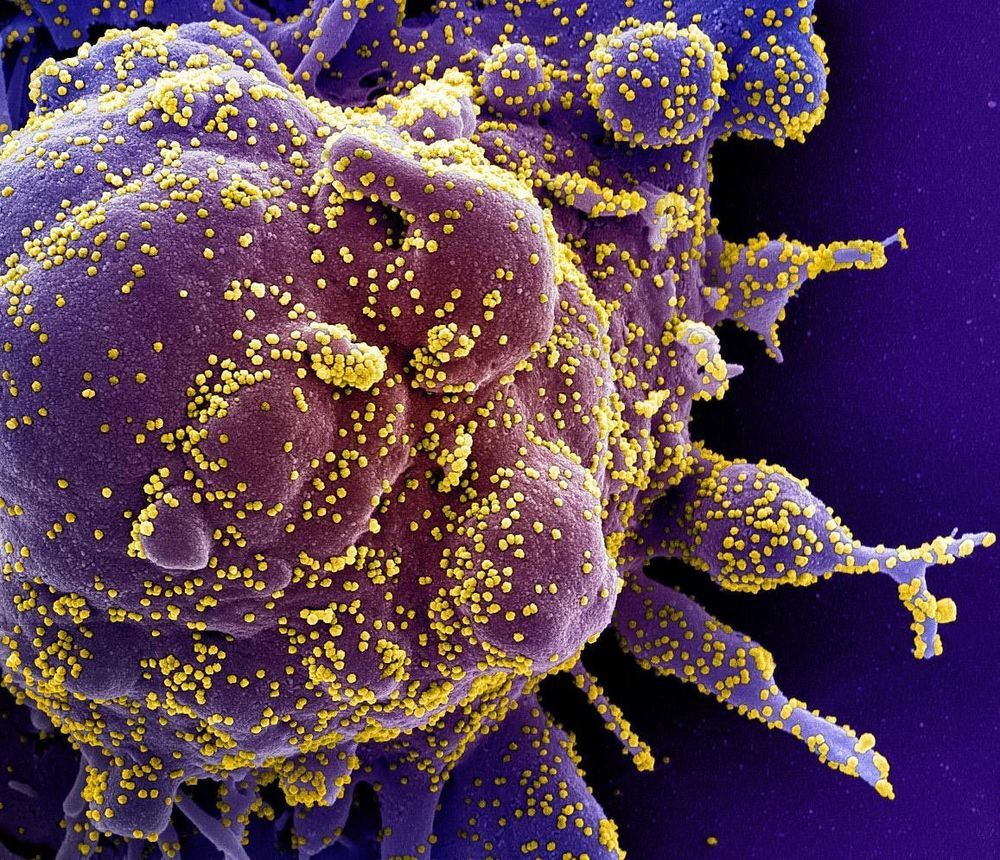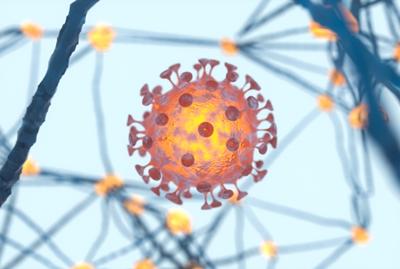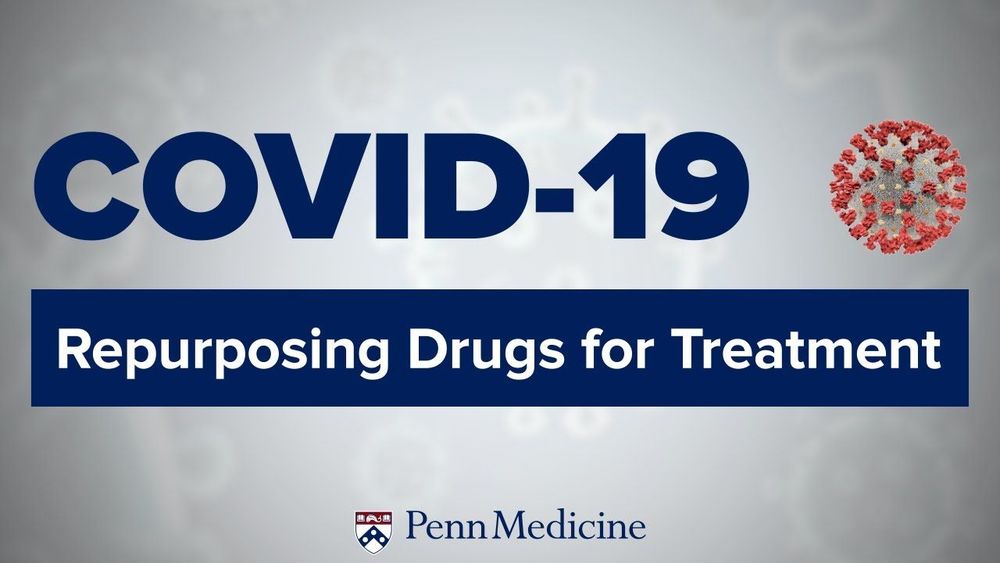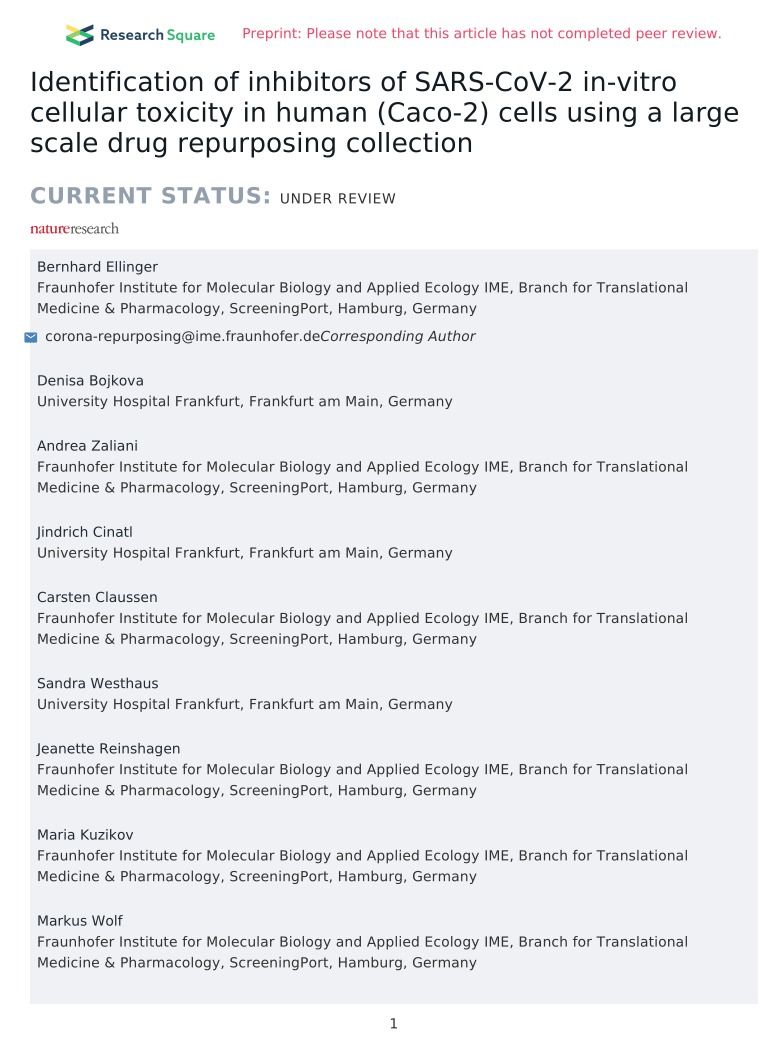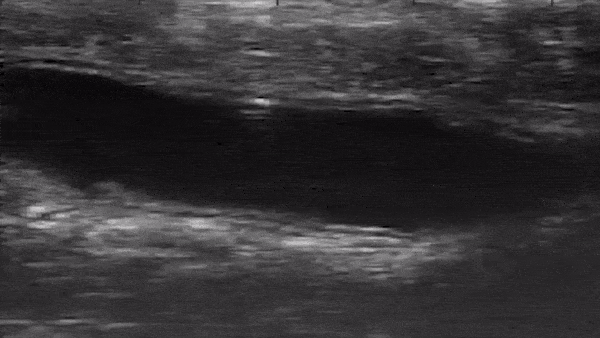Oct 18, 2020
Beyond Air to Initiate Clinical Study Evaluating High Concentration Nitric Oxide for the Treatment of COVID-19 Patients in the United States
Posted by Omuterema Akhahenda in categories: biotech/medical, health
Food and Drug Administration (FDA) agrees to a trial using the LungFit™™ system to treat COVID-19 patients
Applications pending with Health Canada and the Israel Ministry of Health to allow studies to be conducted using high concentration nitric oxide to treat COVID-19 patients
GARDEN CITY, N.Y., April 16, 2020 (GLOBE NEWSWIRE) — Beyond Air, Inc. (NASDAQ: XAIR), a clinical-stage medical device and biopharmaceutical company focused on developing inhaled Nitric Oxide (NO) for the treatment of patients with respiratory conditions, including serious lung infections and pulmonary hypertension, and gaseous NO for the treatment of solid tumors, today announced that the U.S. Food and Drug Administration (FDA) agreed with the initiation of a clinical study in the U.S. using its LungFit™TM system to treat COVID-19 patients. Applications for funding are pending with the Biomedical Advance Research and Development Authority (BARDA), a division of Health and Human Services (HHS).

